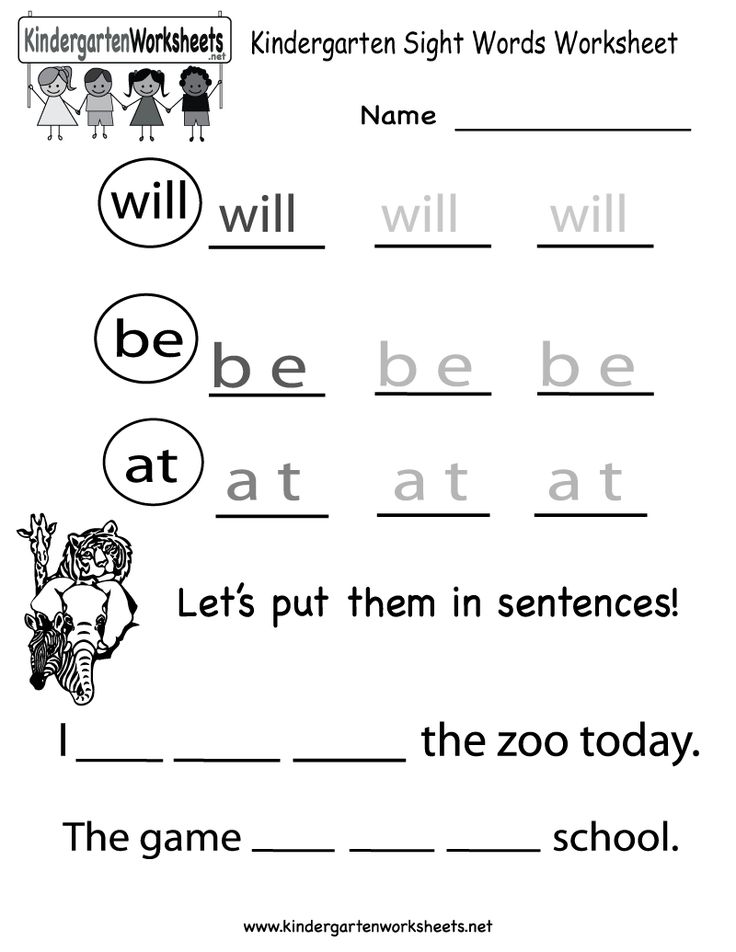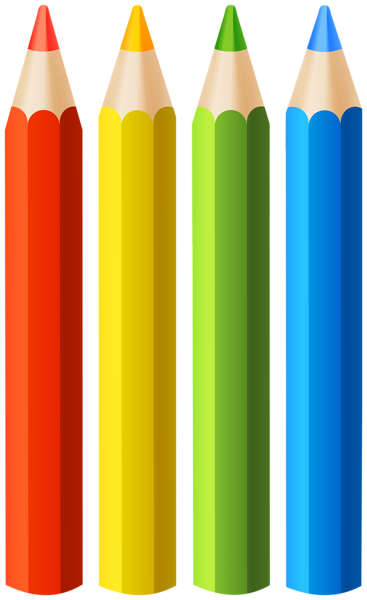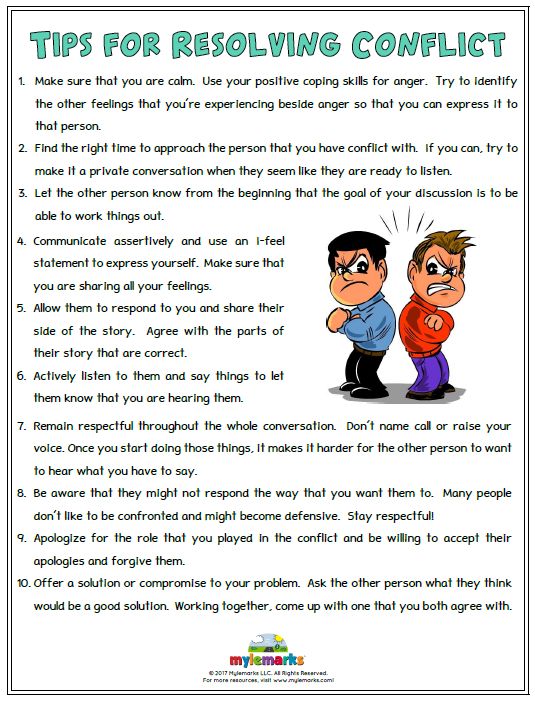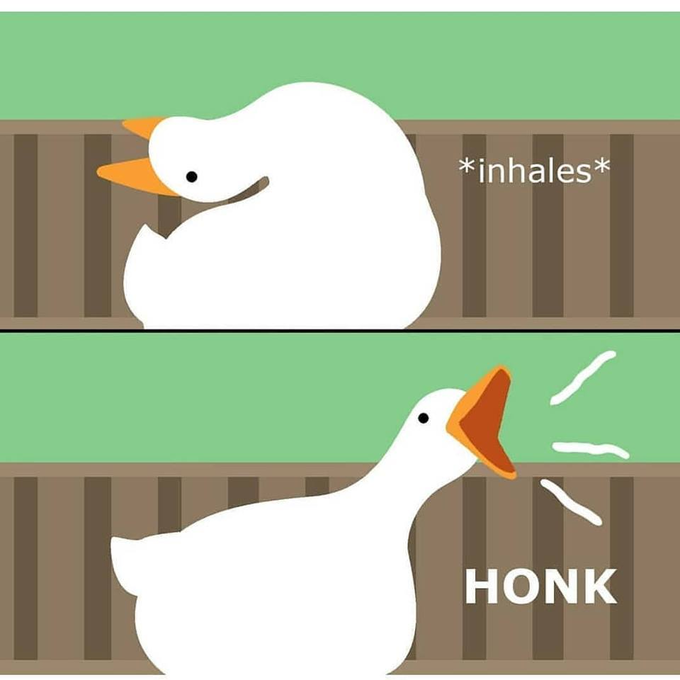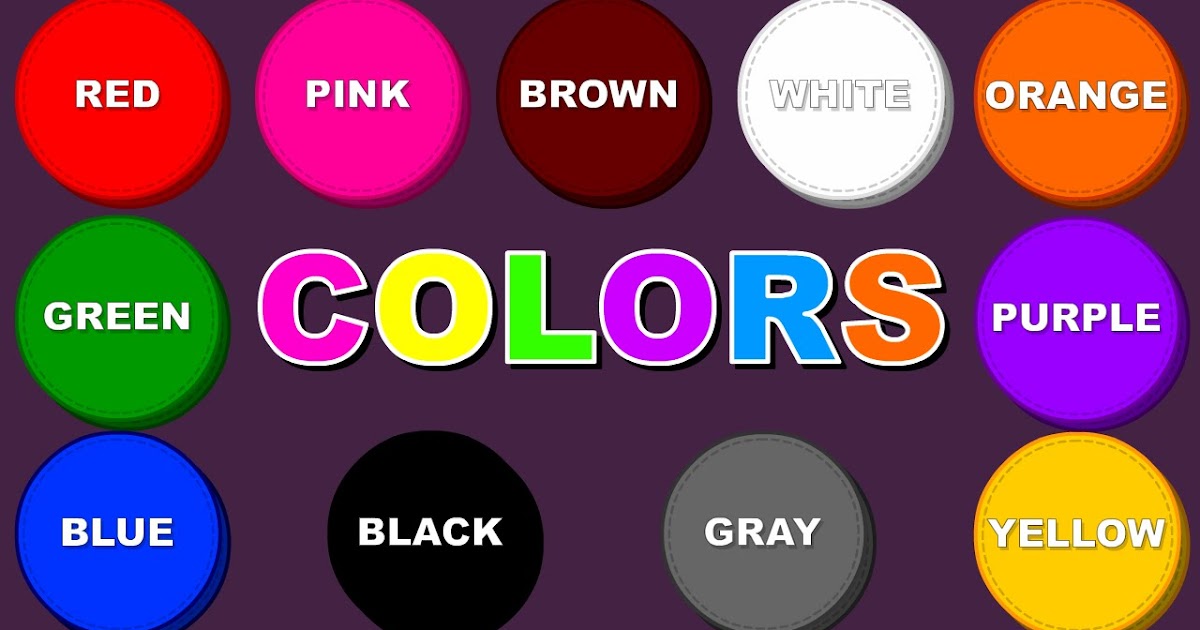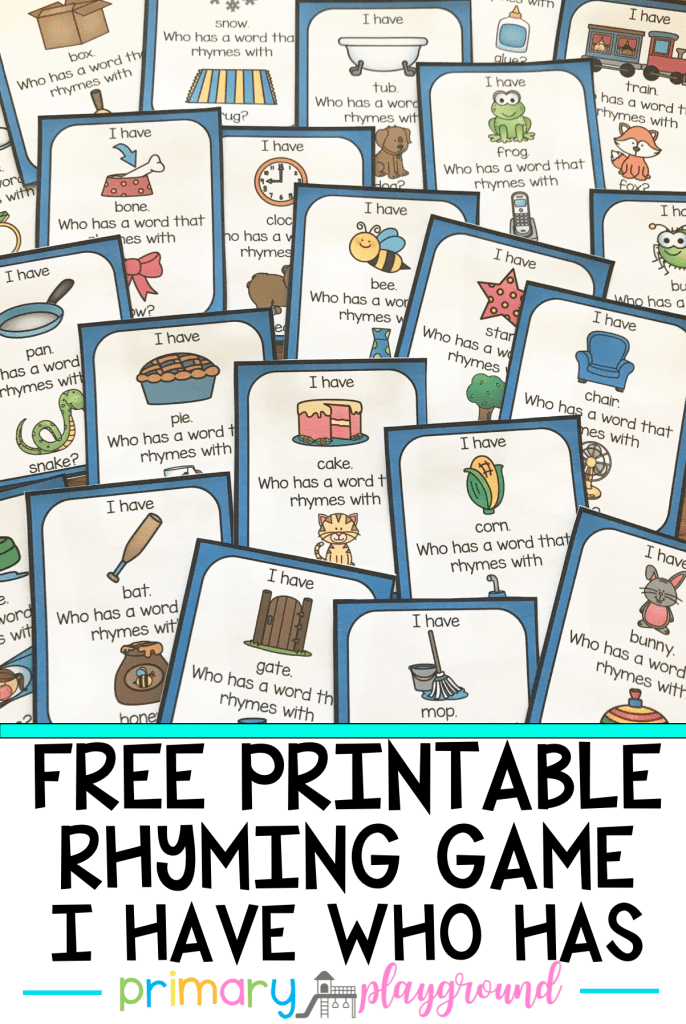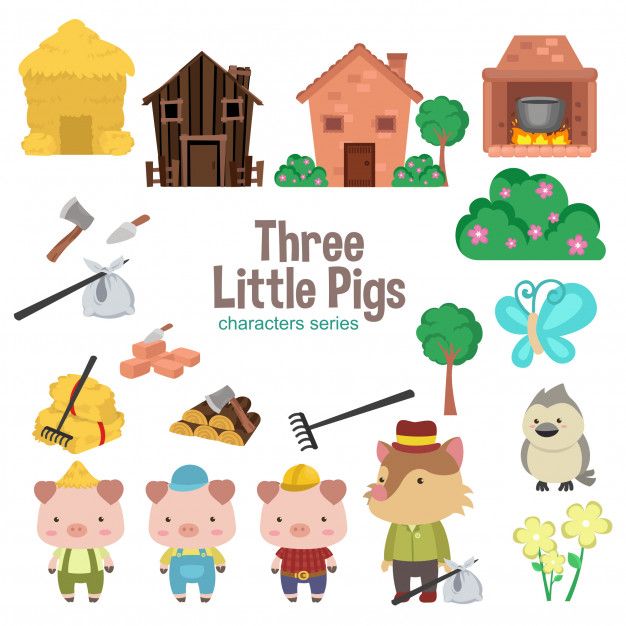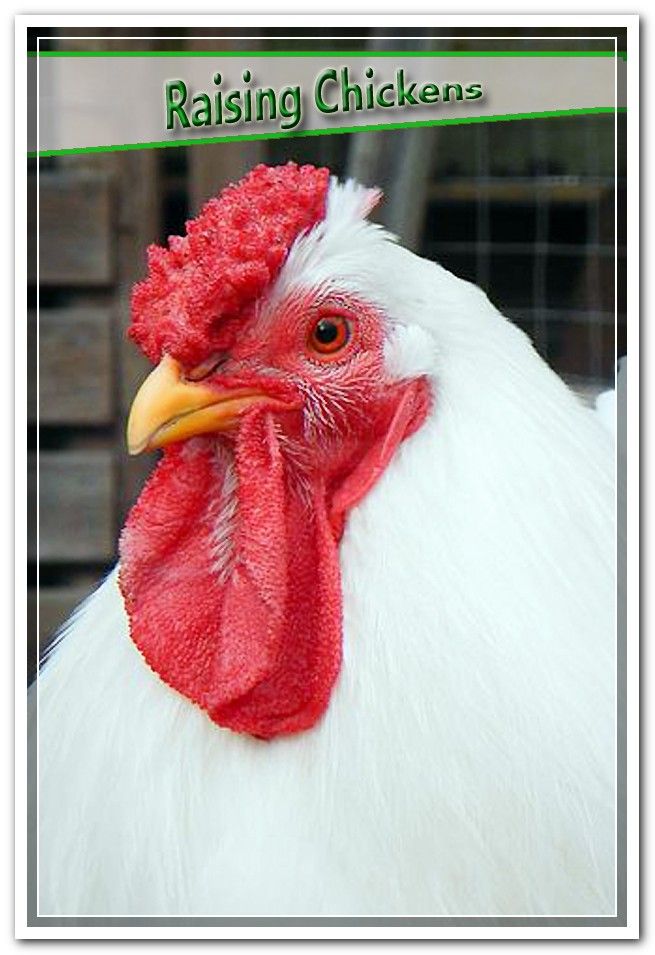Importance of sight words
What Are Sight Words and Why Are They Important?
by Courtenay M.
What Are Sight Words and Why Are They Important? Image courtesy of www.windsor.k12..mo.us
Like many families this week, your children are heading back to the classroom and coming home with a worksheet or two of homework. (Make that dozens of worksheets for your older kids!) The homework that caught my eye this week is the list of “sight words.” What are sight words? Sight words (high-frequency words, core words or even popcorn words) are the words that are used most often in reading and writing. According to Teach Stix:
In classrooms across America, the development of sight word recognition continues to be a top priority when instructing emerging and beginning readers.
They are called “sight” words because the goal is for your child to recognize these words instantly, at first sight.
Why are Sight Words Important?
Sight words are very important for your child to master because, believe it or not, “sight words account for up to 75% of the words used in beginning children’s printed material”, according to Study to Identify High-Frequency Words in Printed Materials, by D. J. Kear & M.A. Gladhart. There are different sight words for every grade level. Each set of words builds upon the other, meaning that once your child learns the sight words in Kindergarten, he will be expected to still recognize those words as he learns new words in first grade, and so forth.
Many of the over 200 “sight words” do not follow the basic phonics principles, thus they cannot be “sounded out.” Beginning readers need an effective strategy for decoding unknown words, and being familiar with sight words is an effective method. Other benefits of sight words include:
- Sight words promote confidence. Because the first 100 sight words represent over 50% of English text, a child who has mastered the list of sight words can already recognize at least half of a sentence. If your child begins to read a book and can already recognize the words, chances are he won’t feel discouraged and put the book down, rather he’ll have more confidence to read it all the way through.
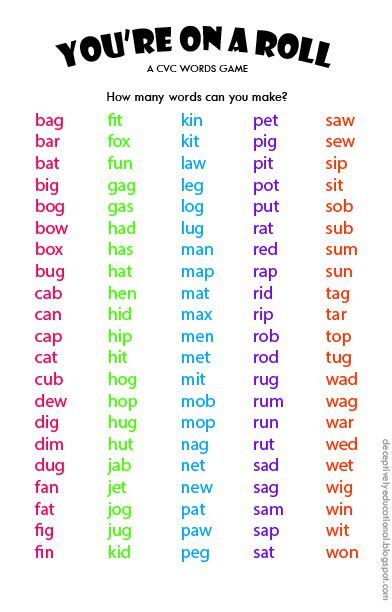 And, choose another!
And, choose another! - Sight words help promote reading comprehension. When your child opens her book for the first time, instead of trying to decipher what ALL of the words mean, she can shift her attention to focus on those words she is not familiar with. She will already know at least half of the words, so focusing on the other half helps strengthen her understanding of the text.
- Sight words provide clues to the context of the text. If your child is familiar with the sight words, she may be able to decode the meaning of the paragraph or sentence by reading the sight words. And, if a picture accompanies the text, your child may be able to determine what the story is about and come away with a few new words under her belt.
How to Practice Sight Words
You will want to become familiar with all of the sight words for each grade. Both the Dolch List of Basic Sight Words and Fry’s 300 Instant Sight Words, each of which can be downloaded from the Literacy and Information Communication System (LINCS) website.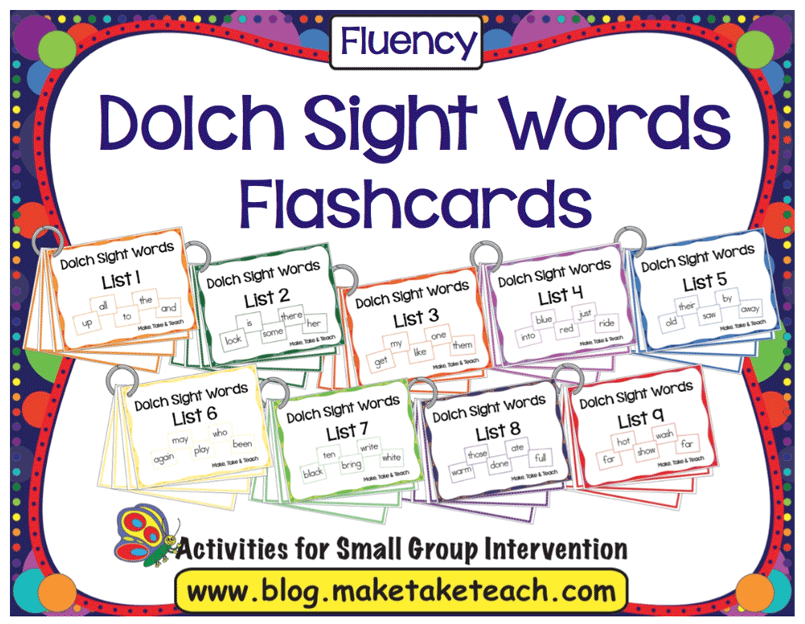 The key to mastering the list of sight words? Practice and repeat! The more opportunity your child has to become familiar with these words, the better. Of course, you’ll see sight words come home in the homework folder, or you may even be asked by the teacher to use flashcards, but there are many FUN activities and games that you can do together to help promote learning of the sight words.
The key to mastering the list of sight words? Practice and repeat! The more opportunity your child has to become familiar with these words, the better. Of course, you’ll see sight words come home in the homework folder, or you may even be asked by the teacher to use flashcards, but there are many FUN activities and games that you can do together to help promote learning of the sight words.
Educational website, Ed Helper has an extensive collection of printables and worksheets designed to help kids conquer their list of sight words. Even Pinterest has jumped aboard with creative ideas to help your child work on sight words. There is an entire Pinterest site dedicated to sight word activities for your kids! Think Skittles, snowballs, chalkboards…the choices are endless! Take a look!
Creative Ways to Conquer Sight Words. Pinned Image from teacherspayteachers.com
Sight words help your child build a foundation for reading comprehension and fluency. How about using online tools to help perfect those words? Most kids will welcome the chance to “play” online, even if it is educational.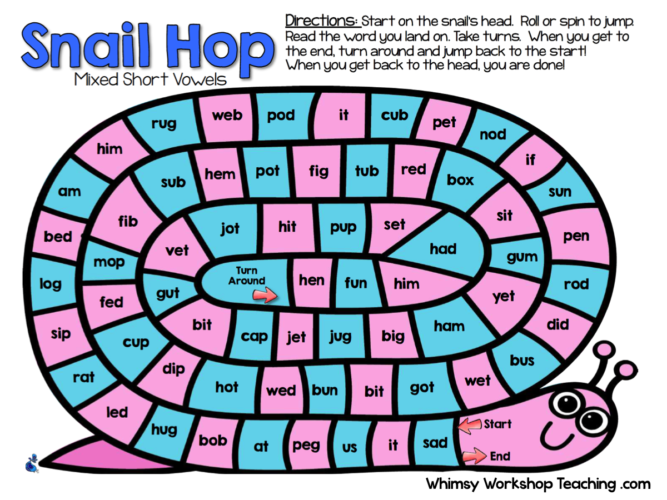 Our new Bitsboard app is a great way to target certain sounds and sight words in an engaging way. Enjoy!
Our new Bitsboard app is a great way to target certain sounds and sight words in an engaging way. Enjoy!
Language Development
Tagged: articulation therapy, beginning readers, build reading skills, communication, communication milestones, communication skills, language development, parents' corner, reading skills, SchoolSight Words 101
First let's define what sight words are. Sight words are defined by your child. His sight words are the words that he can already recognize by sight without using any specific strategies. That's not usually how the term is used, though. Just to confuse you, when you see lists of sight words what you are usually seeing are lists of high frequency words or Dolch Words. Edward William Dolch first compiled the full list and broke it down into five levels for children to learn by sight. They are a list of 220 words that are used so often in print that together they make up an estimated 75% of all words used in books. Some of the words cannot be decoded using conventional strategies so memorizing them until they are known by sight is beneficial.
They are a list of 220 words that are used so often in print that together they make up an estimated 75% of all words used in books. Some of the words cannot be decoded using conventional strategies so memorizing them until they are known by sight is beneficial.
You might think that these words are so common that kids would just learn them organically through reading and other everyday print. But many of the words also defy standard phonetic conventions, meaning they are impossible to sound out. They are often also difficult to illustrate, so children can't use illustrations in picture books to make a deeper connection to these words. Can you illustrate "is" or "it?" Me neither.
On the flip side, the wonderful thing about these words being so common is that children learn them easily with repetition because they are usually words that they already have in their everyday vocabulary.
Working hard to learn these words by sight (memorizing) pays off. It allows kids to free up cognitive resources so they can focus on the tougher words that require strong decoding skills.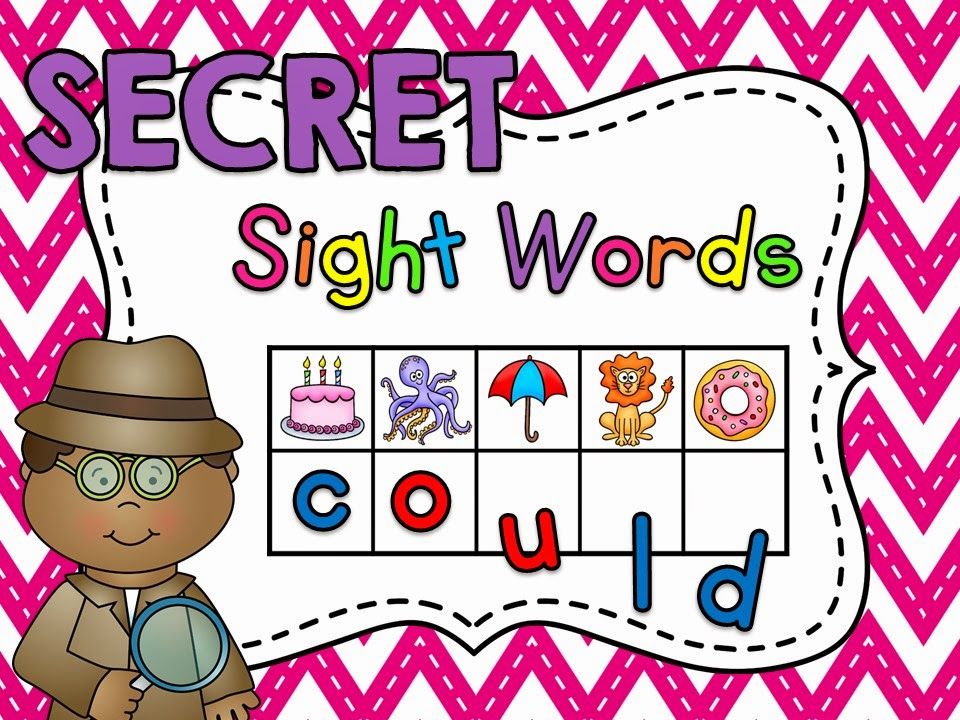 They are also able to understand the majority of the text if those decoding skills fail. There is more to why sight words are important than just simply the mechanics of reading; they are also fantastic confidence boosters. One of my educational philosophies is to build children's confidence up and then present an attainable challenge. Sight-word knowledge provides a scaffold of understanding and confidence for new readers who need to use all the other tools in their tool box to complete the job at hand: reading with understanding.
They are also able to understand the majority of the text if those decoding skills fail. There is more to why sight words are important than just simply the mechanics of reading; they are also fantastic confidence boosters. One of my educational philosophies is to build children's confidence up and then present an attainable challenge. Sight-word knowledge provides a scaffold of understanding and confidence for new readers who need to use all the other tools in their tool box to complete the job at hand: reading with understanding.
So now that we know what they are, why they are important, and what they can do, we need to figure out how parents can help.
Have fun with these words!
Of all the various reading strategies, I find working on sight words to be the easiest for parents to get involved in. If you aren't sure which words to work on with your children, you can check with their classroom teacher or find the Dolch word lists here.
Using these lists, try out some of these simple sight-word activities at home.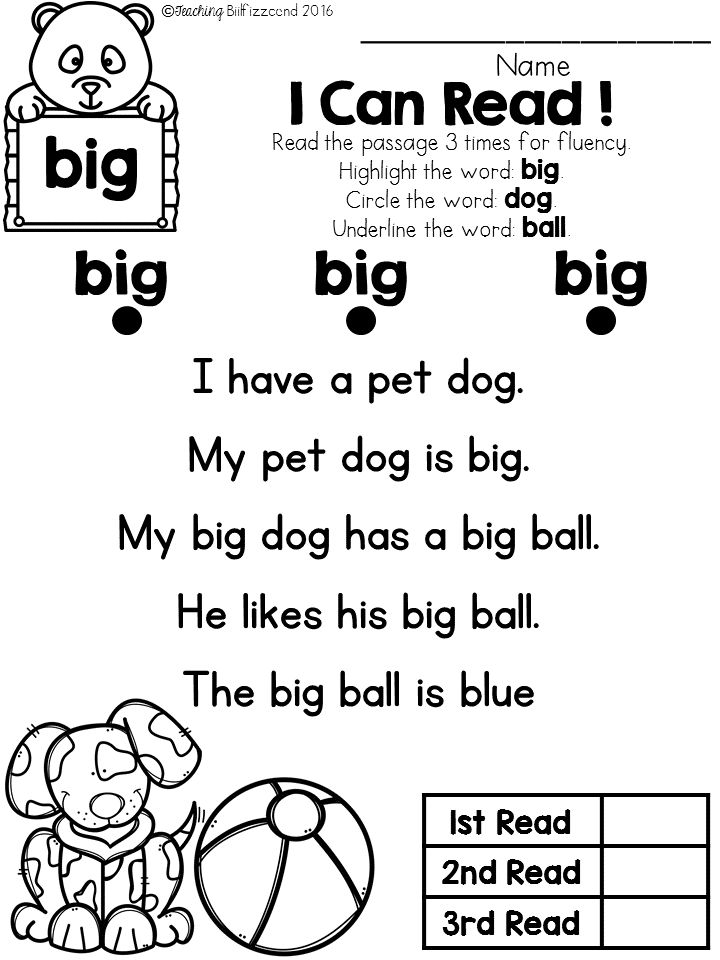
1. Sight Word Bingo
You can find many different commercial sight-word bingo games, or you can make your own. Here is a simple post from teachmama.com that shows you how.
2. Sight Word Hide & Seek
Write sight words on index cards, and hide them around the house. Set the timer and give your child two minutes to find as many sight words as he can. At the end of the two minutes, have him read the list to you. He gets one point for every correct word. Repeat, challenging him to break his own record.
3. Sight Word Memory
Using index cards, write out pairs of sight words and place them facedown on a table. Take turns flipping over the cards and reading the words. If you make a match, you keep the cards. The person with the most cards when they are all turned over wins.
4. Meal Time Word Wall
Make a word wall with a large piece of butcher paper. Start with two words, adding a new one daily. Have your child read the whole list every mealtime.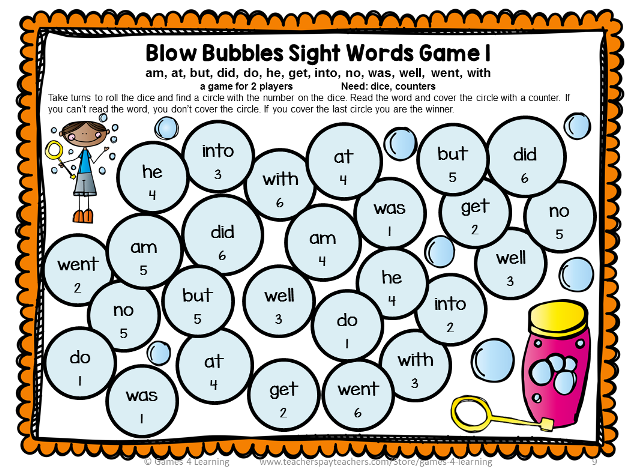 If she has trouble with the list, do not add more words until she can read them without trouble.
If she has trouble with the list, do not add more words until she can read them without trouble.
How do you work on sight words at home? Tell us about it on the Scholastic Parents Facebook page.
Visual perception - Cognitive ability
What is visual perception?
The ability to read text seems to be a simple process: we direct our eyes to the letters, see them and know what they say. But in fact, it is an extremely complex process based on the work of a series of brain structures that specialize in visual perception, as well as the recognition of various subcomponents of vision.
To perceive means to interpret information about the environment received through the senses . This interpretation depends on our cognitive processes and available knowledge. Visual or visual perception can be defined as the ability to interpret information that reaches the eyes through light in the visible region of the spectrum. The result of the interpretation our brain makes based on this information is what is known as visual perception or vision. Thus, visual perception is a process that begins in our eyes:
Thus, visual perception is a process that begins in our eyes:
- Photoreception : Light rays pass through the pupils of the eyes and excite cell receptors in the retina.
- Transmission and basic processing : The signals that these cells create are transmitted through the optic nerve to the brain. First, the signal passes through the optic chiasm (where information from the right visual field is sent to the left hemisphere, and from the left visual field to the right hemisphere), then the information goes to the lateral geniculate body and thalamus.
- Information processing and perception : Next, the visual information received through the eyes is sent to the visual cortex of the occipital lobe of the brain. In these brain structures, information is processed and sent to the rest of the brain so that we can use it.
Characteristics that form visual perception
In order to get an idea of how complex this function is, let's try to imagine what our brain does when we see a simple soccer ball.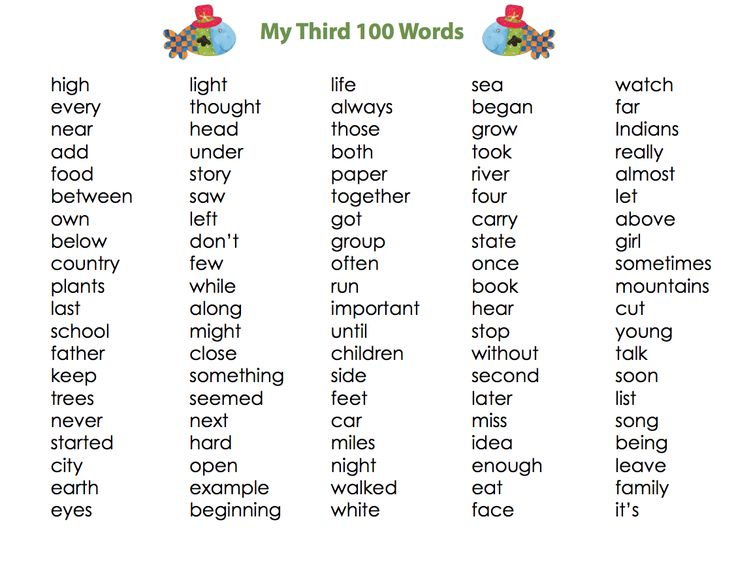 How many factors does he have to determine? For example:
How many factors does he have to determine? For example:
- lighting and contrast : we see that there is a concentration of lines, more or less illuminated and having its own diameter, which distinguishes it from other objects in the environment and background.
- Size : this is a circle about 70 cm in diameter.
- Shape : round shape.
- Location : located three meters from me, on the right. I can easily get to it.
- Color : white with black pentagons. In addition, if the lighting suddenly changes, we would know that its colors are black and white.
- Dimensions : exists in three dimensions as it is a sphere.
- Movement : not currently moving, but can be given movement.
- Unit : there is one and it is different from the environment.
- Use : used for playing football, designed for kicking.
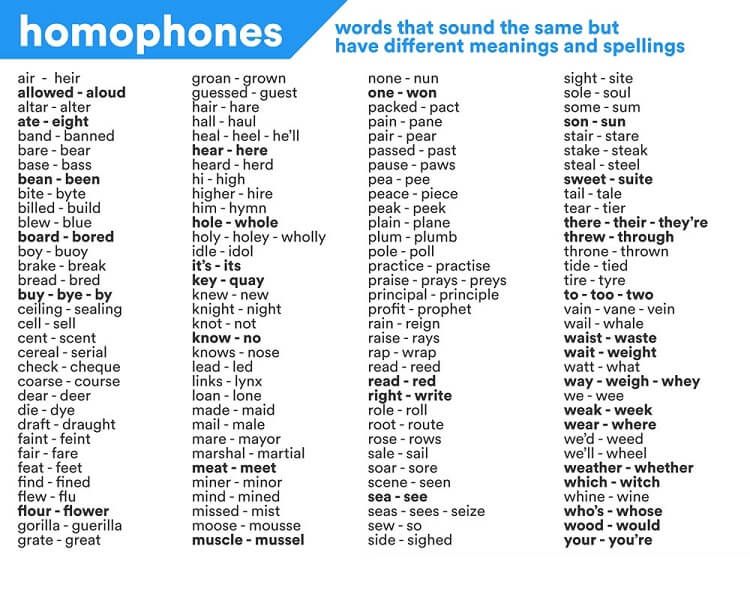
- Personal relationship with object : similar to the one we use in training.
- Name : soccer ball. This last process is also known as name memory.
If that sounds like a lot of steps to you, consider that our brain does this process all the time and at incredible speed. In addition, our brain does not passively perceive information, but uses the available knowledge to "complete" information about what it perceives (which is why we know that the ball is a sphere, even when we see it flat in the photo). B occipital lobe brain and adjacent areas ( temporal and parietal lobes ) there are several areas specialized in each of the previously described processes. For correct perception, the coordinated work of all these departments is required.
When we look at our desktop, our brain instantly identifies all the objects located on it, which allows us to quickly interact with them.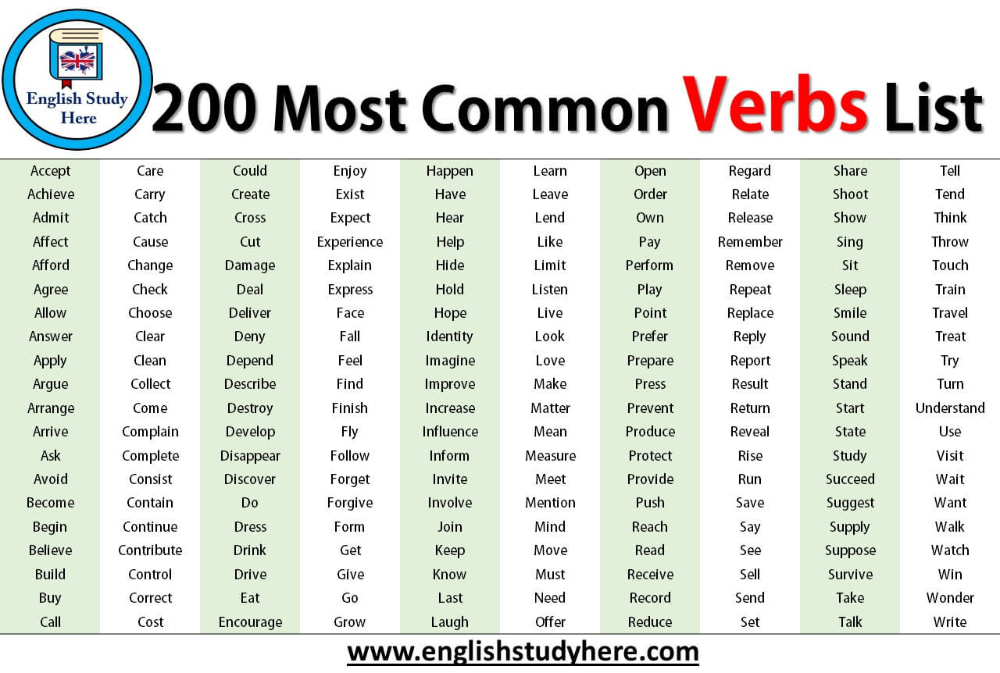 Knowing this, it is easy to understand the great importance of this process in our daily life and how important it is for normal functioning in any life situation.
Knowing this, it is easy to understand the great importance of this process in our daily life and how important it is for normal functioning in any life situation.
Examples of visual perception
- Driving a car is one of the most complex everyday tasks, involving many cognitive functions. Visual perception is one of the foundations of driving. If one of the processes of visual perception is disturbed, the driver endangers his life and the lives of other people. It is important to quickly determine the position of the car relative to the road and other vehicles, the speed at which they are moving, etc.
- When the child is in the classroom, his visual acuity and perception must be optimal so as not to lose sight of the details of the material being explained. Violations of this ability can lead to a decrease in the child's academic performance.
- In visual arts, like painting, visual perception is everything. When we want to paint a picture and dream of making it realistic and attractive, we have to check our visual perception and work out every detail, shade of color, perspective.
 .. Of course, in order to appreciate works of art, we also need good visual perception, it is not enough just to see.
.. Of course, in order to appreciate works of art, we also need good visual perception, it is not enough just to see. - Visual perception is essential for any monitoring or surveillance activity. A security guard who, due to impaired perception, cannot correctly assess what is happening on surveillance cameras will not be able to properly perform his job.
- Of course, in everyday life we constantly use visual perception. If we see an approaching bus on the road, its image becomes larger in our minds. However, our brain is able to interpret changes that are not real. We keep seeing a regular size bus no matter how close or far it is from us. We also need visual perception to move around in space so as not to mix up medicines, prepare meals, clean the house, etc.
Pathologies and disorders associated with problems in visual perception
Visual impairments can be accompanied by various problems and difficulties at different levels.
Complete or partial loss of vision due to damage to the organs of perception leads to inability to perceive (blindness).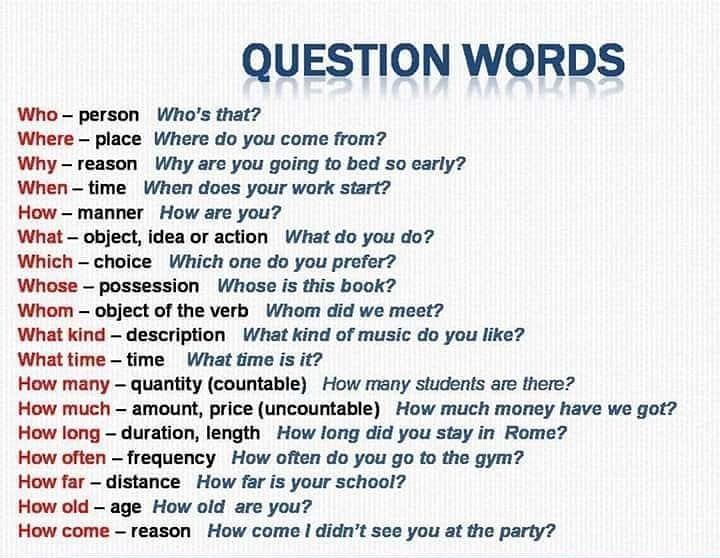 This may be caused by damage to the eye itself (eg, eye injury), by damage to the information pathways from the eyes to the brain (eg, glaucoma), or damage to the parts of the brain responsible for the analysis of this information (for example, as a result of a stroke or traumatic brain injury).
This may be caused by damage to the eye itself (eg, eye injury), by damage to the information pathways from the eyes to the brain (eg, glaucoma), or damage to the parts of the brain responsible for the analysis of this information (for example, as a result of a stroke or traumatic brain injury).
However, perception is not a unitary process . There are specific damages that can disrupt each of the above processes. Disorders of this type are characterized by damage to the areas of the brain responsible for certain processes. These disorders are known as visual agnosia. Visual agnosia is defined as the inability to recognize known objects despite maintaining visual acuity. Classically, agnosia is divided into two types: perceptual agnosia (the patient can see parts of the object, but is unable to understand the object as a whole) and associative agnosia (the patient can recognize the object as a whole, but cannot understand what object is being discussed).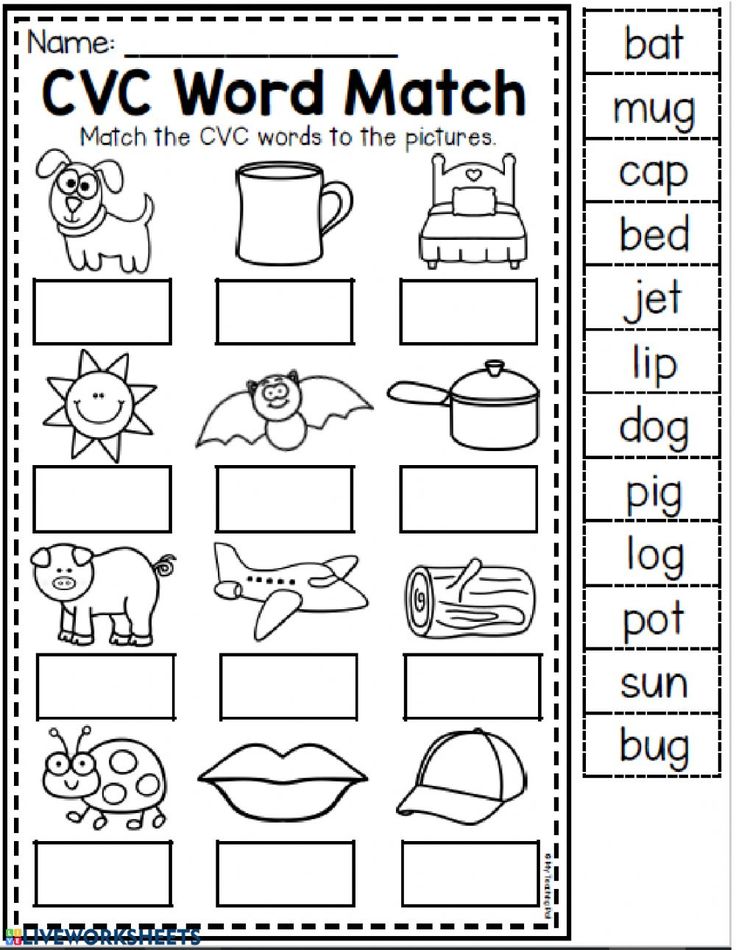 It is difficult to imagine how the perception of people with these disorders functions. Despite the fact that they can see, their sensations are close to those experienced by those suffering from blindness. In addition, there are even more specific disorders such as, for example, akinetopsia (inability to see movement), color blindness (inability to distinguish colors), prosopagnosia (inability to recognize familiar faces), alexia (acquired inability to read), etc.
It is difficult to imagine how the perception of people with these disorders functions. Despite the fact that they can see, their sensations are close to those experienced by those suffering from blindness. In addition, there are even more specific disorders such as, for example, akinetopsia (inability to see movement), color blindness (inability to distinguish colors), prosopagnosia (inability to recognize familiar faces), alexia (acquired inability to read), etc.
In addition to these disorders, in which the ability to perceive visual information (or part of it) is lost, there may also be disorders in which the information received is distorted or does not exist at all. This may be a case of hallucinations in schizophrenia or other syndromes. In addition, scientists have described a type of visual illusion in people who have lost their sight: Charles Bonnet Syndrome . In this case, a person who has lost sight, after a long period during which his brain does not receive visual activity, has a self-activation of the brain, provoking visual illusions in which the patient sees geometric shapes or people.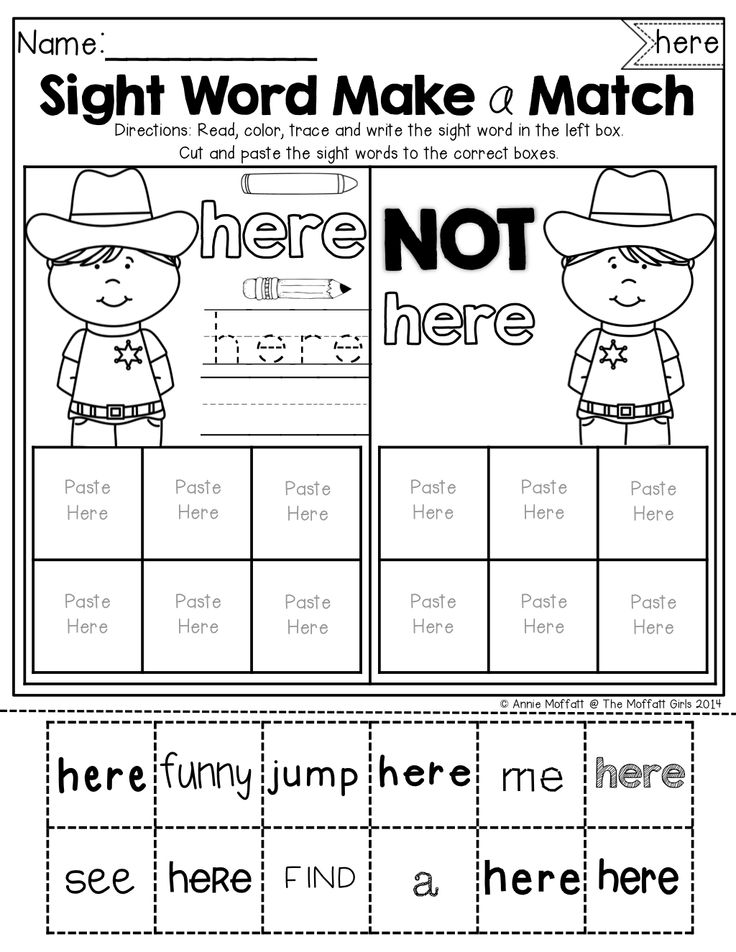 However, unlike hallucinations in schizophrenia, people with this syndrome know that the things they see are not real.
However, unlike hallucinations in schizophrenia, people with this syndrome know that the things they see are not real.
How to measure and evaluate visual perception?
Visual perception helps us to carry out many daily activities. Our ability to move and interact with an environment full of obstacles directly depends on the quality of visual perception. Thus, perception assessment can be useful in various areas of life: in education (to know if a child can see a blackboard or read books), in the field of medicine (to know that a patient may mix up medications or need constant supervision), in professional circles (almost any job requires reading, observation or control skills).
With comprehensive neuropsychological testing, we can effectively and reliably assess various cognitive abilities, including visual perception. The test offered by CogniFit for assessing visual perception is based on the classic NEPSY test (Korkman, Kirk and Kemp, 1998). Through this task, it is possible to decode the elements presented in the exercise and the amount of cognitive resources that the user has in order to understand and perform the task in the most effective way.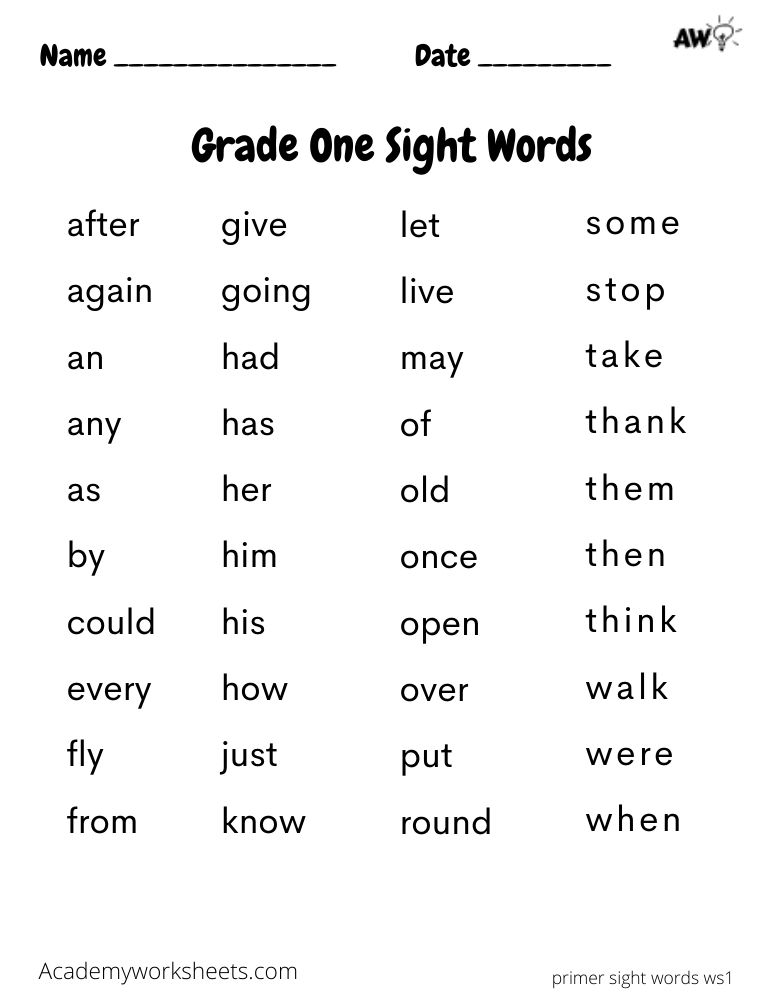 In addition to visual perception, the test also measures name memory, response time, and processing speed.
In addition to visual perception, the test also measures name memory, response time, and processing speed.
- VIPER-NAM Decoding Test: Images of objects appear on the screen for a short period of time and then disappear. This is followed by four letters, and only one of them corresponds to the first letter of the object's name. The task is to choose the right letter. You need to complete the test as soon as possible.
How to restore or improve visual perception?
Visual perception, like other cognitive abilities, can be trained and improved. CogniFit makes it possible to do it professionally.
Recovery of visual perception is based on brain plasticity . CogniFit offers a series of exercises and games aimed at rehabilitating visual perception and other cognitive functions. The brain and its neural connections are strengthened by using the functions that depend on them. Thus, if we regularly train visual perception, the connections of the brain structures involved in perception are strengthened.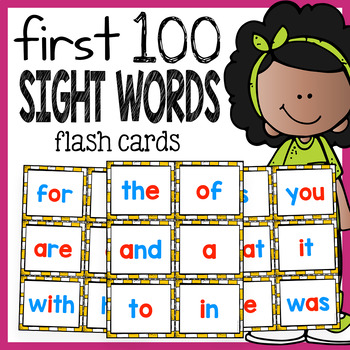 Therefore, when our eyes send information to the brain, neural connections will work faster and more efficiently, improving our visual perception.
Therefore, when our eyes send information to the brain, neural connections will work faster and more efficiently, improving our visual perception.
CogniFit is comprised of an experienced team of professionals who specialize in the study of synaptic plasticity and neurogenesis. This has made possible the creation of the Personalized Cognitive Stimulation Program which is tailored to the needs of each user. The program begins with an accurate assessment of visual perception and other basic cognitive functions. Based on the results of the evaluation, the CogniFit Cognitive Stimulation Program automatically suggests a personal cognitive training regimen to improve visual perception and other cognitive functions that, according to the results of the evaluation, need to be improved.
To improve visual perception, it is essential to exercise regularly and correctly. CogniFit offers assessment and rehabilitation tools to improve cognitive performance. For correct stimulation, 15 minutes a day, two or three times a week , is required.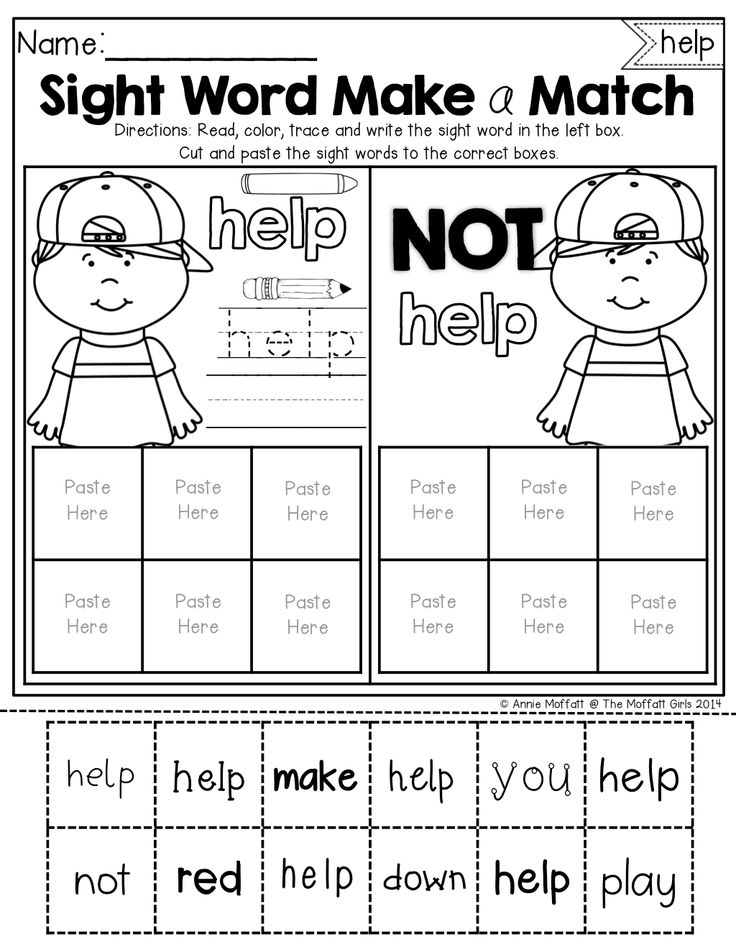
The CogniFit cognitive stimulation program is available online . The program contains a variety of interactive exercises in the form of exciting brain games that can be played using a computer. At the end of each session CogniFit will show a detailed graph of improvements in cognitive state.
Eye contact - Psychologos
October 01, 2022, 21:55
Eye contact - eye contact. As in any meeting, someone is its initiator, but if the other party accepts the invitation of a calling look, or simply obeys a demanding look, eye contact is established between people, they look into each other's faces.
Establishing eye contact, the ability to look into the interlocutor's face is the most important skill that contributes to effective communication, which means - this should be learned, since most people hide their eyes in communication, there is no eye contact between them.
According to available research, people make eye contact 20 to 50% of the time during communication.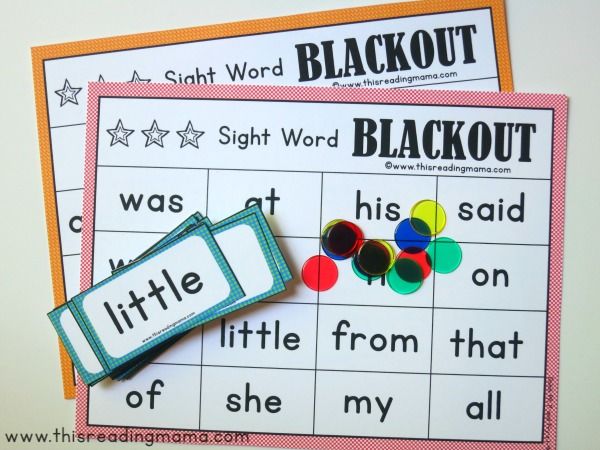 Lovers - from 60 to 80%. Managers are professionals - from 80 to 100% of the communication time. See →
Lovers - from 60 to 80%. Managers are professionals - from 80 to 100% of the communication time. See →
Not every eye contact pleases the interlocutor, but always makes him understand that he is now in the center of attention. When the interlocutor sees your look, feels your attention, this increases his attention to you, your words. Eye contact allows you to better convey your thoughts and feelings to the interlocutor.
Lecturer giving a lecture with a blank look; a speaker who makes a report without taking his eyes off the sheet with the text - they all give the impression of people "in themselves", busy only with their own train of thought.
In interpersonal communication, an open look indicates trust in the interlocutor, readiness to be open and sincere. Avoidance of eye contact is perceived as alienation, distrust, closeness.
In business communication, the ability to keep an eye on the interlocutor is read as a sign of confidence, courage, strength.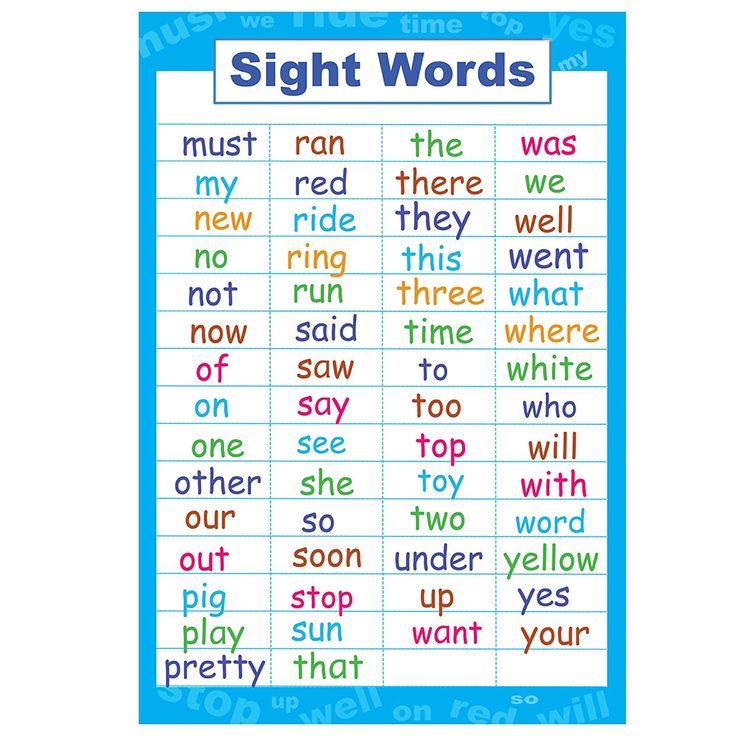 Frequent looking away during a conversation can be perceived as fear of the interlocutor, self-doubt. In a person who knows how to keep his eyes on the interlocutor, others see the leader, the main one.
Frequent looking away during a conversation can be perceived as fear of the interlocutor, self-doubt. In a person who knows how to keep his eyes on the interlocutor, others see the leader, the main one.
Eye contact is also important because it allows you to read additional information about a person by facial expressions, eye movements. The eyes are the mirror of the soul, and by observing the eyes of the interlocutor, you can see his true mood. Eye contact allows you to notice the mismatch between the words of a person and what the eyes reflect, to see when he is hiding something or telling a lie. A person who hides his eyes from the interlocutor raises suspicion of the sincerity of his words.
Eye contact: direct gaze
If you decide to train the ability to look people in the eyes, do not make the traditional mistake: do not stare at the bridge of your nose or into the so-called "third eye". This makes your gaze for the interlocutor oppressive, and you lose sight of the face of the interlocutor as a whole. Moreover, the habit of staring, unceremoniously looking at others does not paint a person - this is not eye contact, but elementary bad manners. How will be correct? See →
Moreover, the habit of staring, unceremoniously looking at others does not paint a person - this is not eye contact, but elementary bad manners. How will be correct? See →
- Eye contact
Comments (5):
Guest, December 17, 2013 at 08:58
Thank you.
Guest, November 30, 2014, 06:35
Required information.
Alfinur, November 13, 2015, 4:55 pm
The husband rarely makes eye contact during a conversation, may turn his back on the interlocutor, interrupting. I do not think that this is happening intentionally, I think that this is from a lack of education. Is it possible and worth it to pay the husband's attention to this feature of his? We have been together for 7 years, I have no other complaints about him, at least those that baffle me. In addition to the fact that this is just unpleasant, our child is growing up, I would not want him to take an example from dad in this regard. Please tell me how to work with this, so that there is a result.
N.I. Kozlov, November 14, 2015, 09:28
Alfinur, what's the problem? Are you talking to your husband? Then talk about it. "I have a request for you. I know that you love me, but when you turn away in a conversation, it's hard for me to talk further. I'm not sure in this case what you need and what I'm saying is interesting. I would like to see more often your eyes!" and further that looking (or not looking) into the eyes is a habit, and the right habit can always be developed. And that you will gladly help your husband in this.
1
reply
Alfinur, November 16, 2015, 09:24
Nikolai Ivanovich, yes, we are talking with my husband, but she did not want to make any comments to him. Now I understand that this is just his habit. And the format of the conversation that you suggested is wonderful, thank you.
Related materials:
01 Jan. 2013
Active listening
Active listening - listening with correct internal and external activity.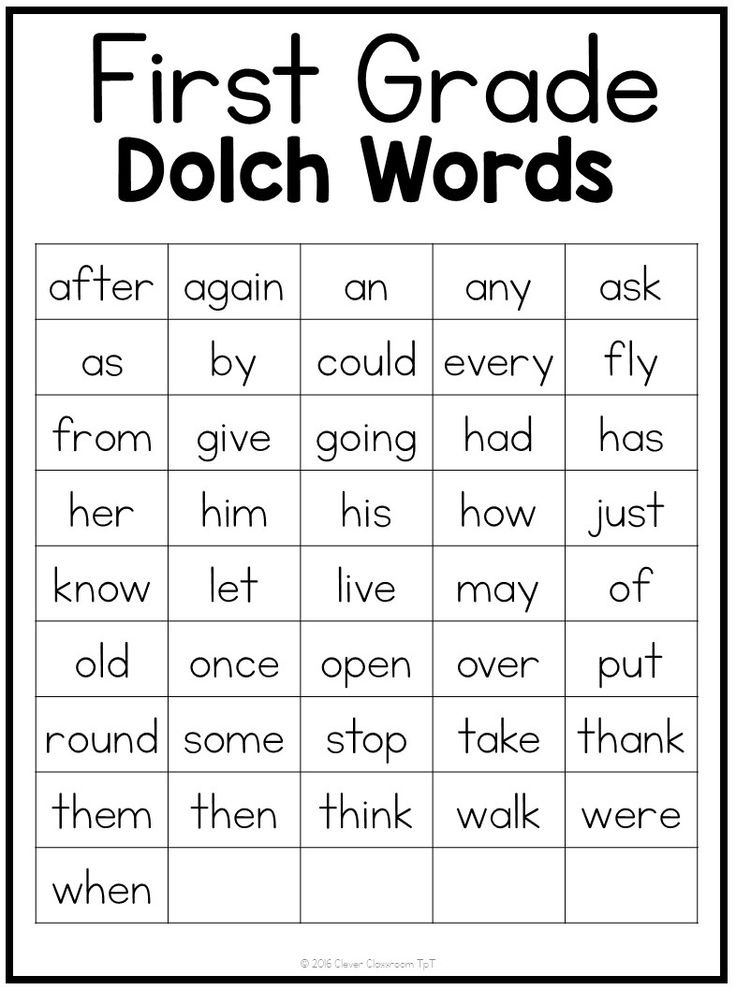 Active listening helps to establish contact and win over the interlocutor, understand his point of view - and, if necessary, turn it in the right direction. Listening to the interlocutor properly is not an easy task. Just listening without interrupting is not an easy task for many, but listening in such a way that the interlocutor wants to share his thoughts and feelings with you is all the more important. Such listening is work, and the work is no longer even of the mind, but of the soul.
Active listening helps to establish contact and win over the interlocutor, understand his point of view - and, if necessary, turn it in the right direction. Listening to the interlocutor properly is not an easy task. Just listening without interrupting is not an easy task for many, but listening in such a way that the interlocutor wants to share his thoughts and feelings with you is all the more important. Such listening is work, and the work is no longer even of the mind, but of the soul.
0Read more
Oct 01 2022
Calibration of oculomotor reactions
Calibration of oculomotor reactions - checking what those eye movements really mean. Template for right-handers - see Oculomotor reactions, but in about 20% of cases, eye movements can be associated with other processes. How to check it? Gently ask the person a few questions like the ones below, and watch their pupils move as they answer.
0Read more
01 Oct.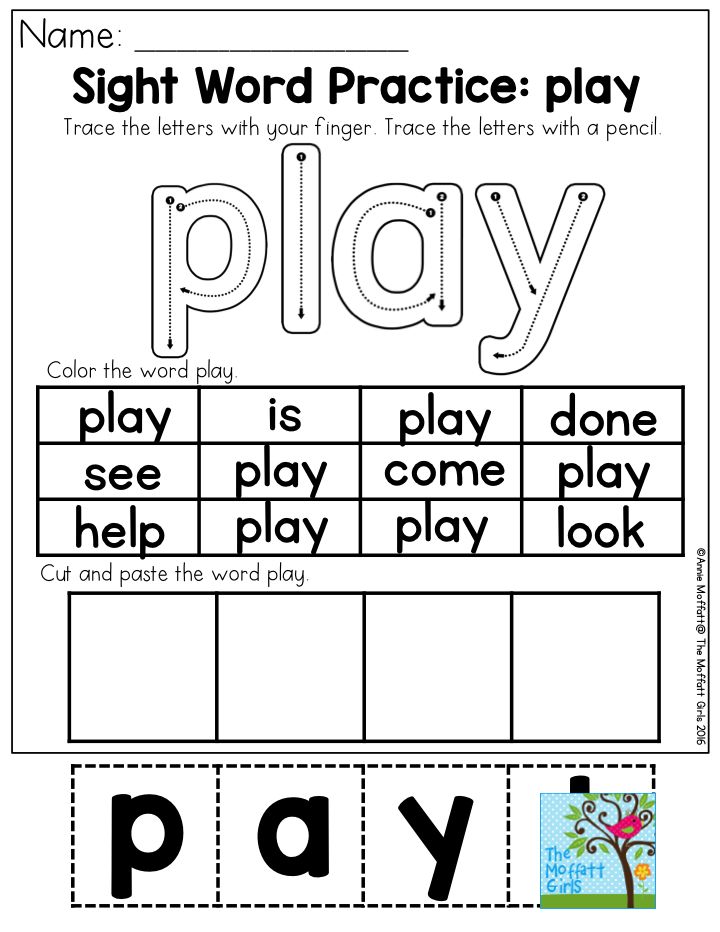 2022
2022
Contact
Contact - establishing a connection. When there is contact, previously separated people become closer, more "together". Contact is when you hear and feel the person, and the person hears and feels you. Contact helps not only to transmit information without loss, but also to effectively influence.
0Read more
May 17, 2019
Look: how to look at the interlocutor?
If your eyes shift during a conversation, this makes the interlocutor doubt your sincerity.
6Read more
Oct 01 2022
Eye Contact: Areas of Attention
Eye contact is a key skill for effective communication. The ability to establish eye contact is important in any communication (interpersonal, business, with the audience)
0Read more
01 Jan. 2012
Eye contact: direct gaze, eye contact
According to available studies, people make eye contact 20 to 50% of the time during communication.